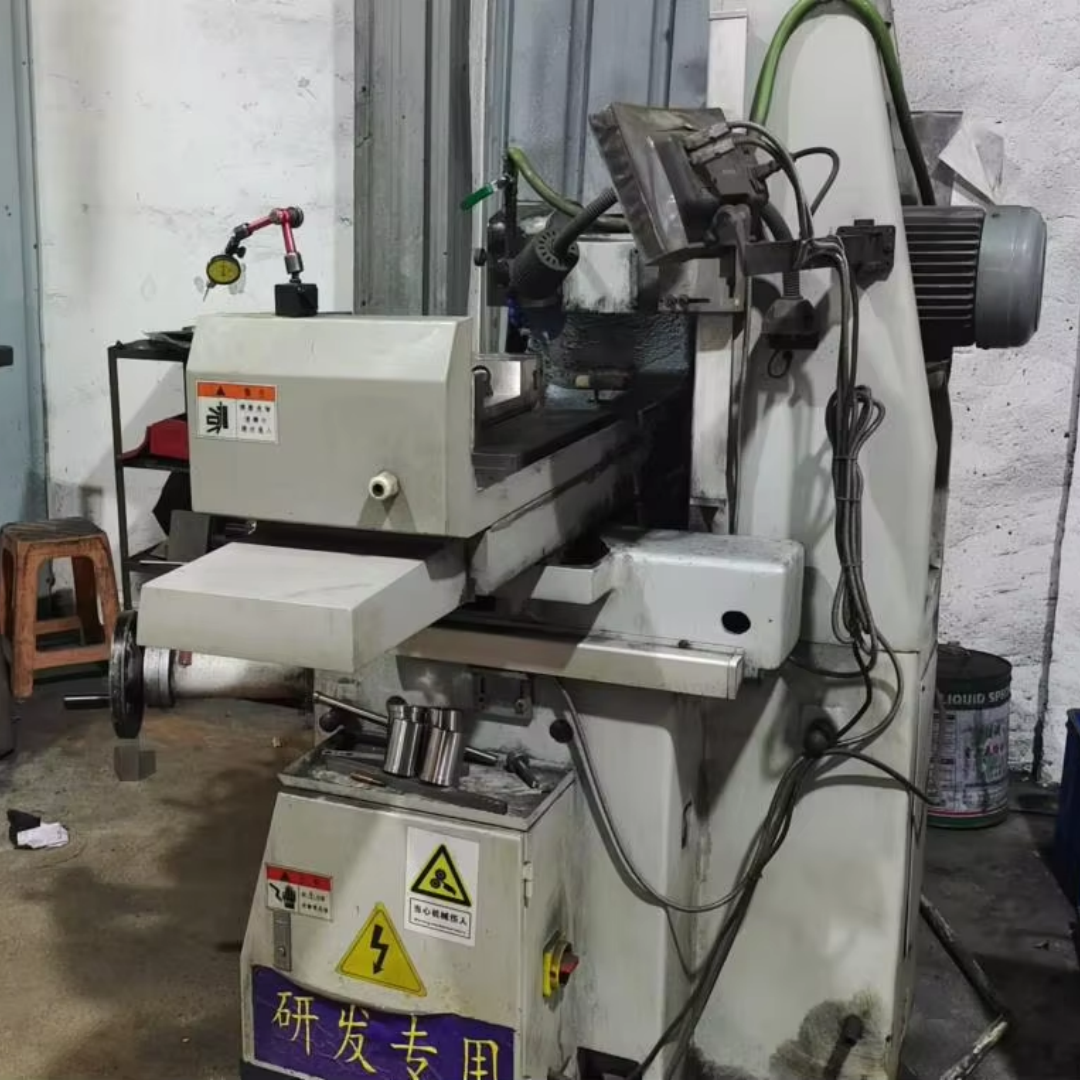Skryté náklady na šetrenie na detailoch
Vo vysoko rizikovom svete výroby môže byť pokušenie znížiť počiatočné náklady tým, že sa zanedbá kvalita vstrekovacích foriem, veľmi silné. Tento krátkozraký prístup však často spôsobí oveľa vyššie náklady na linke. Napríklad nekvalitné formy môžu vyrábať diely s nekonzistentnými rozmermi, drsnými povrchmi alebo skrytými trhlinami – chybami, ktoré sa stanú zrejmými až počas montáže alebo, čo je horšie, až keď produkty dospejú ku zákazníkom. Tieto chyby spúšťajú nákladné prepracovanie: dávky dielov možno bude treba zničiť, výrobné linky zastaviť na odstraňovanie problémov a náhradné komponenty poslať do urgentnej výroby. V priemyselných odvetviach ako automobilový priemysel alebo výroba zdravotníckych pomôcok, kde je bezpečnosť najvyššou prioritou, môže jediná chybná súčiastka viesť k reklamáciám produktov, právnym zodpovednostiam a astronomickým pokutám.
Okrem priamych nákladov, nízka kvalita vstrekovania spôsobuje zákernejšie neefektívnosti. Formy s nedostatočnou kvalitou spracovania sa rýchlo opotrebúvajú a vyžadujú si časté opravy alebo výmeny. Napríklad forma so zlápanou tepelnou úpravou môže po niekoľkých tisícoch cykloch začať skrivovať, zatiaľ čo vysokokvalitná forma z tvrdeného ocele vydrží milióny použití. Tento rozdiel v trvanlivosti sa prejaví vyššími dlhodobými nákladmi na nástroje a častejšími prerušeniami výroby. Navyše, neustále kolísanie kvality dielcov prinúti podniky alokovať ďalšie prostriedky na kontrolu – čím narastú náklady na prácu a spomalí sa uvádzanie produktov na trh. Naopak, kvalitné vstrekovanie minimalizuje tieto riziká a zabezpečí predvídateľný výrobný proces, ktorý zníži odpad a prevádzkové komplikácie.
Presnosť ako konkurenčná výhoda
Kvalitný vstrekovací vstrekovanie je definované schopnosťou presne replikovať zložité dizajny s mikroskopickou presnosťou, čo sa stalo kľúčovou súčasťou moderného výrobného procesu. Pokročilé formy navrhnuté pomocou počítačového modelovania (CAD) a presného obrábania dokážu vyrábať diely s toleranciami tesne nad ±0,001 palca – čo je kritické pre odvetvia ako letecký priemysel, kde musia komponenty dokonale zapadnúť do prostredí s vysokým tlakom, alebo elektronika, kde miniaturizované časti pracujú s nanoscale obvodmi. Táto úroveň presnosti eliminuje potrebu dodatočných úprav ako brúsenie alebo pilovanie, ktoré predlžujú výrobný proces a zvyšujú náklady na prácu.
Pre podniky sa táto presnosť prejavuje výborným výkonom produktov. Uvažujme o zariadení na trhu, ako je inzulínová pumpa: jej vnútorné komponenty vrátane malých ventilov a kanálov musia fungovať s absolútnou spoľahlivosťou, aby dodali život zachraňujúce dávky. Kvalitná formovaná súčiastka zabezpečuje rovnomerné rýchlosti prúdenia a tesnenia odolné proti úniku, zatiaľ čo zle vyrobená súčiastka môže zlyhať a ohroziť pacientov. Podobne u spotrebného elektronického tovaru presne vymodelovaný kryt mobilného telefónu zabezpečuje dokonalé zarovnanie tlačidiel s vnútornými snímačmi a pripojenie portov so nabíjacimi káblikmi – detaily, ktoré priamo ovplyvňujú spokojnosť používateľa. Tým, že podniky kladia dôraz na presnosť, môžu svoje produkty diferencovať na preplnenom trhu a previesť výrobnú excelentnosť na jedinečnú predajnú výhodu.
Udržateľnosť: Kvalita a ekologická priateľskosť idú spolu
V ére, keď odvetranci a regulátori vyžadujú ekologickejšie postupy, kvalitná vstrekovacia výroba sa stáva silným nástrojom pre udržateľnosť. Vysokokvalitné formy vyrábajú diely s minimálnym odpadom, keďže ich presnosť znižuje potrebu nadbytočného materiálu na kompenzáciu nepresností. Napríklad dobre navrhnutá forma na plastový uzáver fľaše vytvorí rovnomernú hrúbku steny a tak sa vyhne tvorbe "preplnu" (nadbytočného plastu), ktorý je typický pre lacnejšie formy. To nielenže zníži náklady na materiál, ale tiež zredukuje objem odpadu odvádzaného na skládky.
Kvalitný vstrekovací proces tiež umožňuje použitie pokročilých, ekologických materiálov. Biodegradovateľné polyméry a recyklované plasty často vyžadujú presnejšiu kontrolu teploty a tlaku počas vstrekovania, aby sa zachovala ich integrita – čo je výzva, s ktorou si nízkokvalitná technika nevie poradiť. Vysokokvalitné stroje však tieto materiály bez problémov zvládnu, čím umožnia podnikom znížiť závislosť na primárnych plastoch bez toho, aby obetovali kvalitu výrobkov. Okrem toho odolné formy predlžujú životnosť nástrojov, čím sa redukuje energia a suroviny potrebné na výrobu náhrad. Tým, že spoja kvalitu so udržateľnosťou, podniky môžu dosiahnuť svoje environmentálne ciele a zároveň posilniť svoju renomáciu ako zodpovední výrobcovia.
Budovanie dôvery: Reputácia ako hnací motor podniku
Reputácia spoločnosti je jedným z jej najcennejších aktív a kvalitné vstrekovanie má v jej formovaní tichú, no kľúčovú úlohu. Keď zákazníci dostanú produkty, ktoré spoľahlivo fungujú, dokonale zapadajú a odolávajú priebehu času, vyvíja sa u nich dôvera voči značke. Táto dôvera sa prejaví opakovanými nákupmi: podľa štúdie American Society for Quality uviedlo 60 % spotrebiteľov, že je ochotných platiť viac za produkty od značiek známych svojou kvalitou, a 85 % ich odporučí iným. Naopak, jediná várka chybných produktov – ktoré možno pripísať nekvalitnému vstrekovaniu – môže túto dôveru ničiť už počas jednej noci, najmä v ére sociálnych médií, kde sa negatívne recenzie rýchlo šíria.
Aj B2B vzťahy výrazne závisia od konzistentnej kvality. Výrobcovia dodávajúci súčiastky veľkým korporáciám (ako sú automobilky alebo značky domácich spotrebičov) musia spĺňať prísne certifikácie kvality, často vrátane dokumentácie svojich procesov lisovania plastov. Dlhodobá história kvality zaručuje dlhodobé partnerstvá, keďže odberatelia sa vyhýbajú riziku výpadkov výroby spôsobených chybnými komponentmi. Pre malé a stredné podniky môže byť tento aspekt transformujúci: zabezpečenie zmluvy s prestížnou značkou, umožnené spoľahlivým lisovaním plastov, môže otvoriť dvere na globálne trhy a stabilné príjmy.
Prispôsobivosť v rýchlo sa meniacom trhu
Moderný trh vyžaduje pružnosť a kvalitná vstrekovacia forma poskytuje podnikom flexibilitu potrebnú na reakciu na meniace sa trendy. Vysokokvalitné formy sú navrhnuté s ohľadom na modularitu, čo umožňuje rýchle úpravy pre prispôsobenie drobných zmenám v dizajne alebo novým variantám produktov. Napríklad forma na kosmetickú nádobu môže byť upravená pomocou vymeniteľných vložiek na výrobu rôznych štýlov viečok, čo umožňuje značke uviesť obmedzené vydania produktov bez nutnosti investovať do úplne nového nástroja. Táto prispôsobivosť je kľúčová v odvetviach, ako je výroba spotrebiteľských tovarov, kde sezónne trendy alebo vírusové momenty na sociálnych sieťach môžu spôsobiť náhly dopyt po nových dizajnoch.
Navyše kvalitný vstrekovací formovanie podporuje rýchle vytváranie prototypov a výrobu v malom objeme, čím sa prekonáva priepasť medzi koncepciou a sériovou výrobou. Pokročilí výrobcovia foriem využívajú 3D tlač a počítačom riadené frézovanie (CNC) na vytvorenie prototypových foriem už za niekoľko dní, čo umožňuje podnikom testovať návrhy s reálnymi materiálmi ešte pred spustením výroby vo veľkom. Tento iteračný proces znižuje riziko uvedenia produktov, ktoré nezasiahnú cieľ, a zabezpečuje, že keď začne plná výroba, forma je optimalizovaná z hľadiska kvality aj efektivity. Vo svete, kde sa preferencie zákazníkov vyvíjajú neuveriteľnou rýchlosťou, môže práve schopnosť rýchlej iterácie rozhodnúť o tom, či sa podarí využiť trhovú príležitosť, alebo ostanete pozadu.
Záver: Kvalita ako strategická investícia
Investovanie do kvalitnej vstrekovacej formy nie je len produkčné rozhodnutie – ide o strategický krok, ktorý ovplyvňuje každú oblasť podnikania, od kontroly nákladov až po vernosť zákazníkov. Ak podniky budú priorita presnosti, trvanlivosti a prispôsobivosti vo formovacích procesoch, môžu sa vyhnúť skrytým nákladom chýb, diferencovať svoje produkty na konkurenčných trhoch a postaviť si trvalé dôveryhodnosť u zákazníkov. V ére, keď je čoraz viac cenená udržateľnosť a prispôsobivosť, kvalitná vstrekovacia forma navyše umožňuje podnikom dosahovať environmentálne ciele a pružne reagovať na zmeny na trhu.
Keďže výroba ďalej pokračuje vývojom, bude sa zväčšovať priepasť medzi spoločnosťami, ktoré investujú do kvality, a tými, ktoré šetria na nevyhnutnom. Pre podniky, ktoré si kladú za cieľ úspešne prosperovať na dlhú trať, je kvalitná vstrekovacia forma nie nákladom, ktorý treba minimalizovať, ale investíciou, ktorá spúšťa rast, inovácie a odolnosť. Nakoniec skutočným meradlom jej hodnoty nie je cena formy, ale úspech výrobkov, ktoré s jej pomocou vznikajú – a sila značky, ktorú podporuje.

